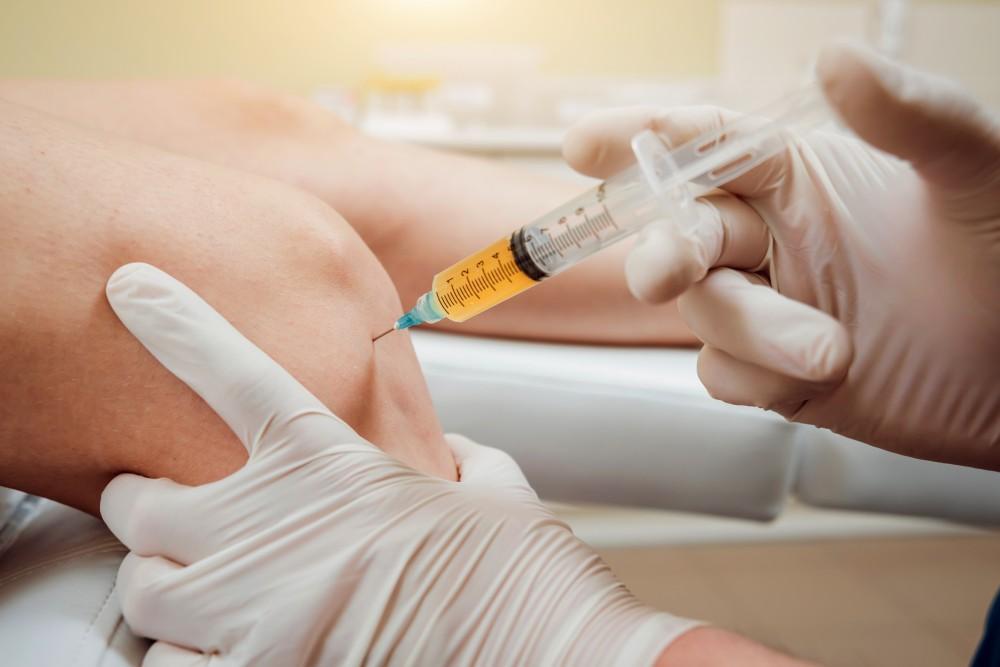Cortisone Joint Injection
A cortisone joint injection, also known as a corticosteroid injection, is a medical procedure commonly used to alleviate pain and inflammation in joints. It involves injecting a corticosteroid medication, often combined with a local anesthetic, directly into a joint or the tissue surrounding a joint. Corticosteroids are powerful anti-inflammatory drugs that mimic the effects of natural hormones produced by the adrenal glands.
Cortisone joint injections are commonly used to treat various conditions, including:
- Osteoarthritis: Injections can help manage pain and inflammation associated with degenerative joint disease.
- Rheumatoid Arthritis: Cortisone injections can be used to control flare-ups and manage joint inflammation in individuals with autoimmune arthritis.
- Bursitis: Inflammation of the fluid-filled sacs (bursae) that cushion joints can be relieved with cortisone injections.
- Tendonitis: Injections can be used to address inflammation of tendons, which often occurs due to overuse or injury.
- Joint Injuries: Cortisone injections might be used to reduce inflammation and pain caused by acute joint injuries.

Here’s how the procedure generally works:
- Diagnosis and Assessment: Before administering a cortisone joint injection, a healthcare professional, usually an orthopedic specialist or a rheumatologist, will conduct a thorough examination to diagnose the source of pain or inflammation. They may use imaging techniques like X-rays, ultrasound, or MRI to visualize the joint and determine the extent of the problem.
- Preparation: If the doctor determines that a cortisone injection is appropriate, they will explain the procedure and potential risks to the patient. The patient’s medical history, allergies, and any ongoing medications will also be considered to ensure the injection is safe.
- Injection Procedure: During the procedure, the patient is positioned in a way that provides easy access to the joint. The injection site is typically cleaned and sterilized. A local anesthetic might be used to numb the area before the injection to minimize discomfort.
- Injection: The corticosteroid medication, often mixed with a local anesthetic for immediate pain relief, is then injected into the joint or surrounding tissue. The injection aims to reduce inflammation, which can lead to pain relief and improved joint function.
- Aftercare: After the injection, the patient might be asked to rest the treated joint for a short period. They may also be advised on how to manage pain, such as using ice or over-the-counter pain relievers, if needed. The patient should report any adverse reactions or changes in symptoms to their healthcare provider.